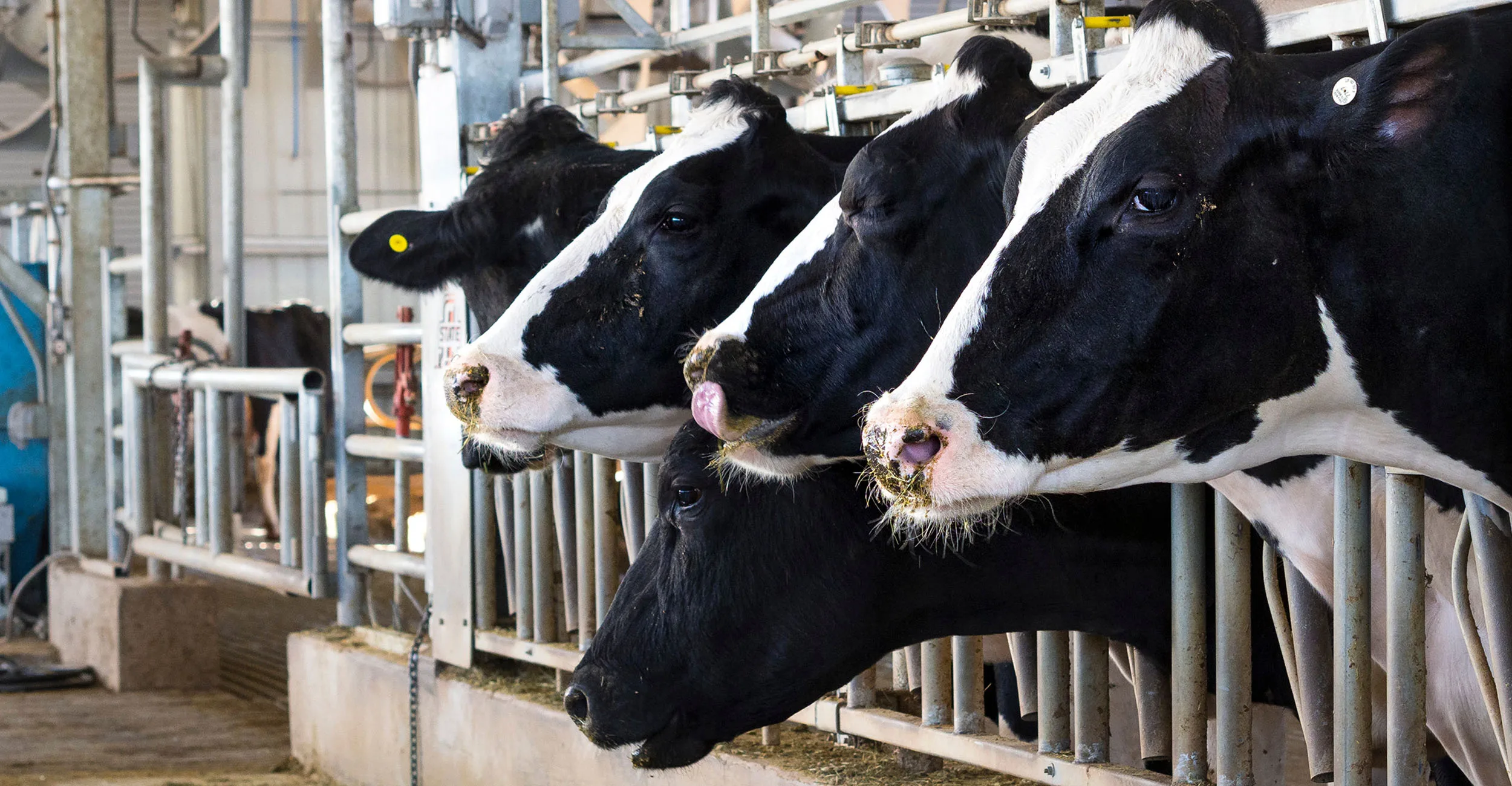The US Department of Agriculture (USDA) recently announced that cow-to-cow transmission is contributing to the spread of bird flu within dairy herds, although the exact mechanism of transmission remains unclear.
Farmers and veterinarians have eagerly awaited confirmation regarding transmission pathways to better manage the spread of the virus. In the past month, dairy herds in eight states have tested positive for bird flu, along with one case involving a dairy worker in Texas.
Experts, including Jim Lowe from the University of Illinois’ College of Veterinary Medicine, believe that cow-to-cow transmission is a significant factor in the virus’s spread. While wild migratory birds are thought to be the original source of the virus, the USDA’s investigation has uncovered instances where virus transmission occurred through cattle movements between herds. Additionally, there is evidence suggesting that the virus spread from dairy cattle premises back into nearby poultry premises through an unknown route.
The USDA highlighted that cows shed the virus in milk at high concentrations, posing a risk for disease transmission through unpasteurized milk contact. However, respiratory transmission is not considered a primary route for the virus to spread among cattle.
Despite uncertainties surrounding transmission, the USDA has refrained from imposing quarantines on infected dairies to restrict cattle movement, unlike measures taken with infected poultry farms. Infected cattle typically recover, unlike poultry where bird flu is often fatal.
The USDA anticipates that minimizing cattle movement, testing those that require transportation, and implementing stringent safety and cleaning protocols on farms should help mitigate the need for regulatory restrictions.
Recent data indicates that bird flu has affected not only older cows but also younger cattle, according to USDA officials. Ongoing investigations aim to provide further insights into the transmission dynamics of the virus within dairy herds.



